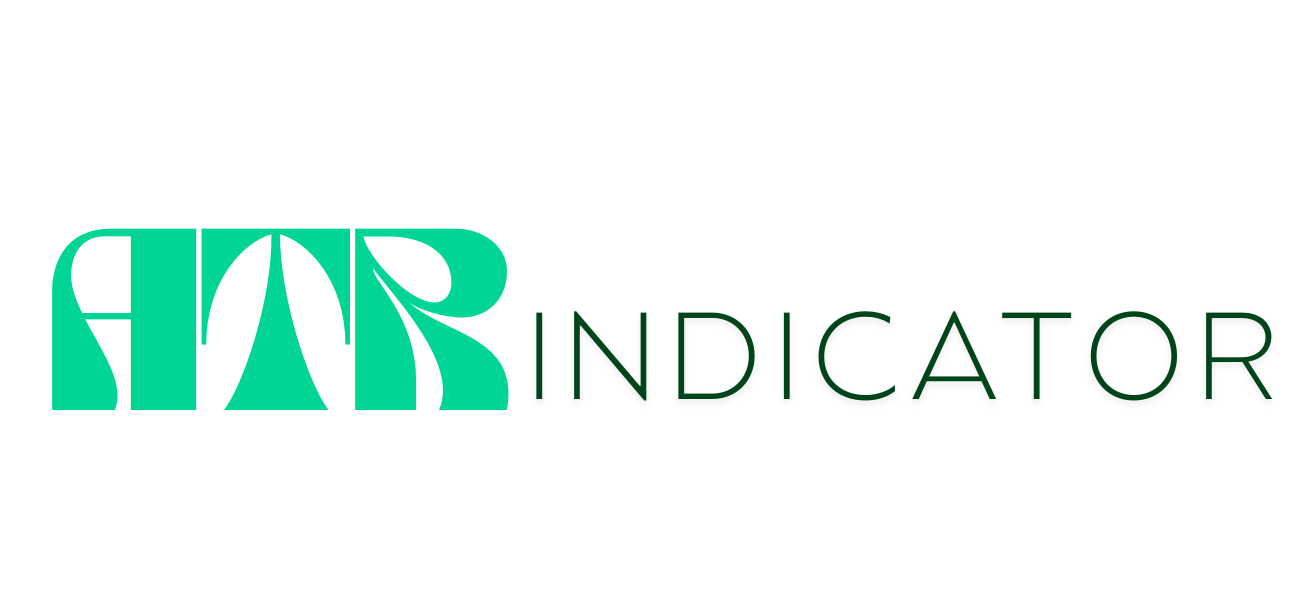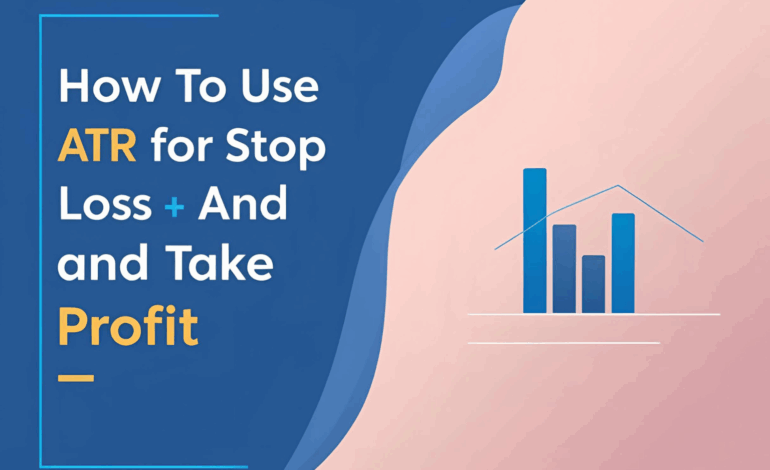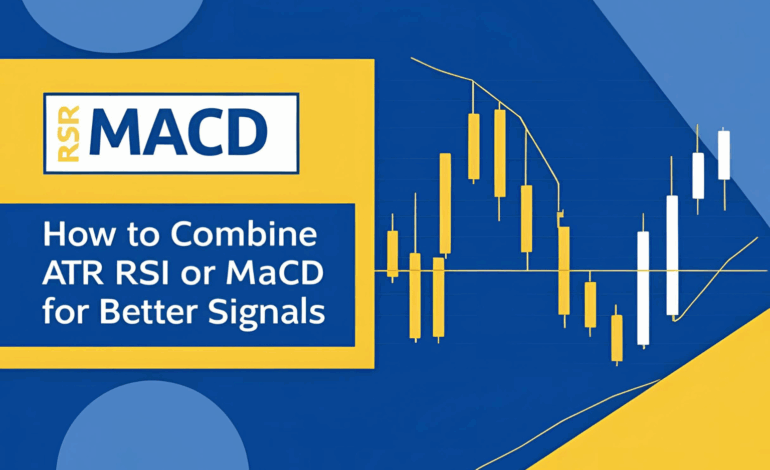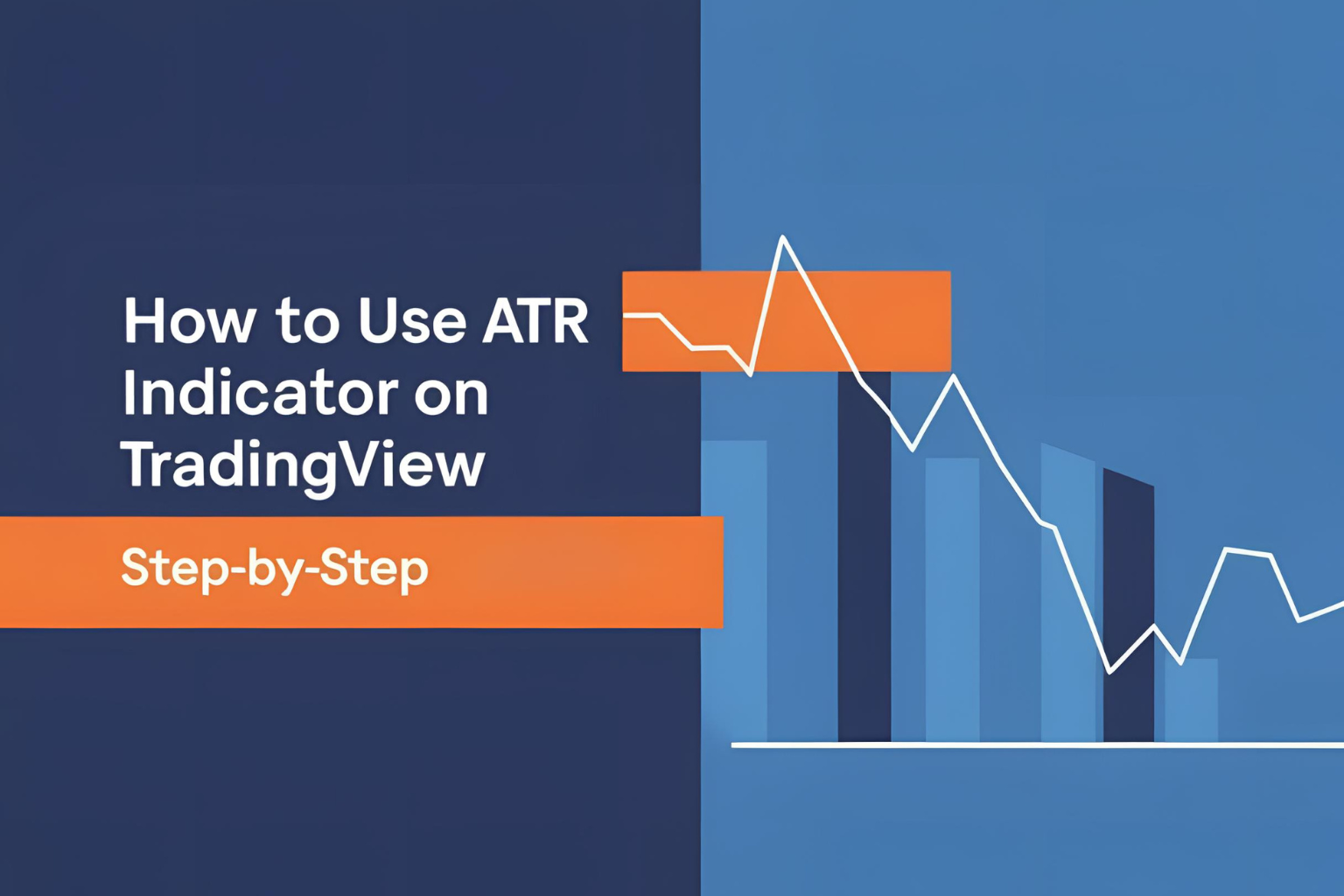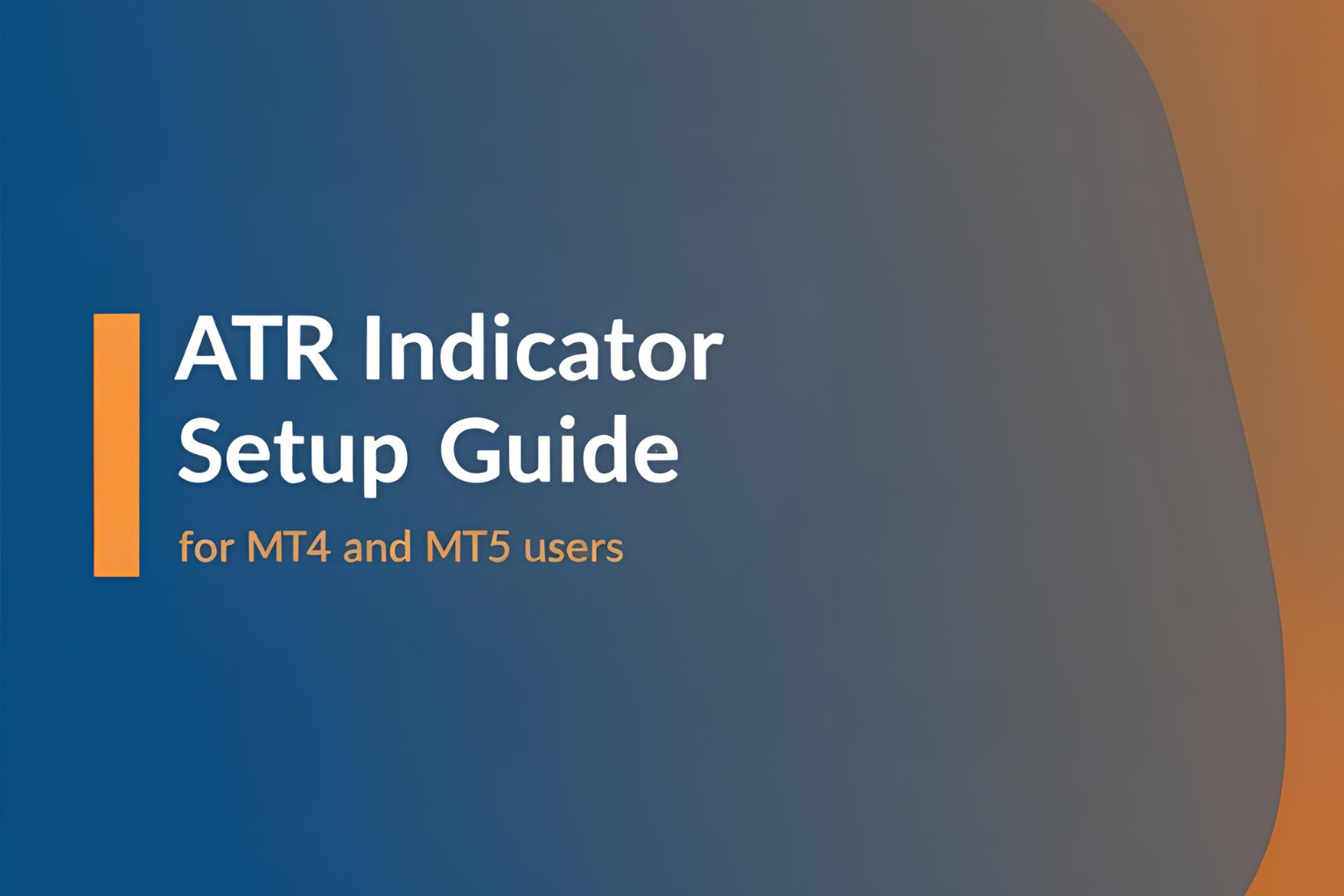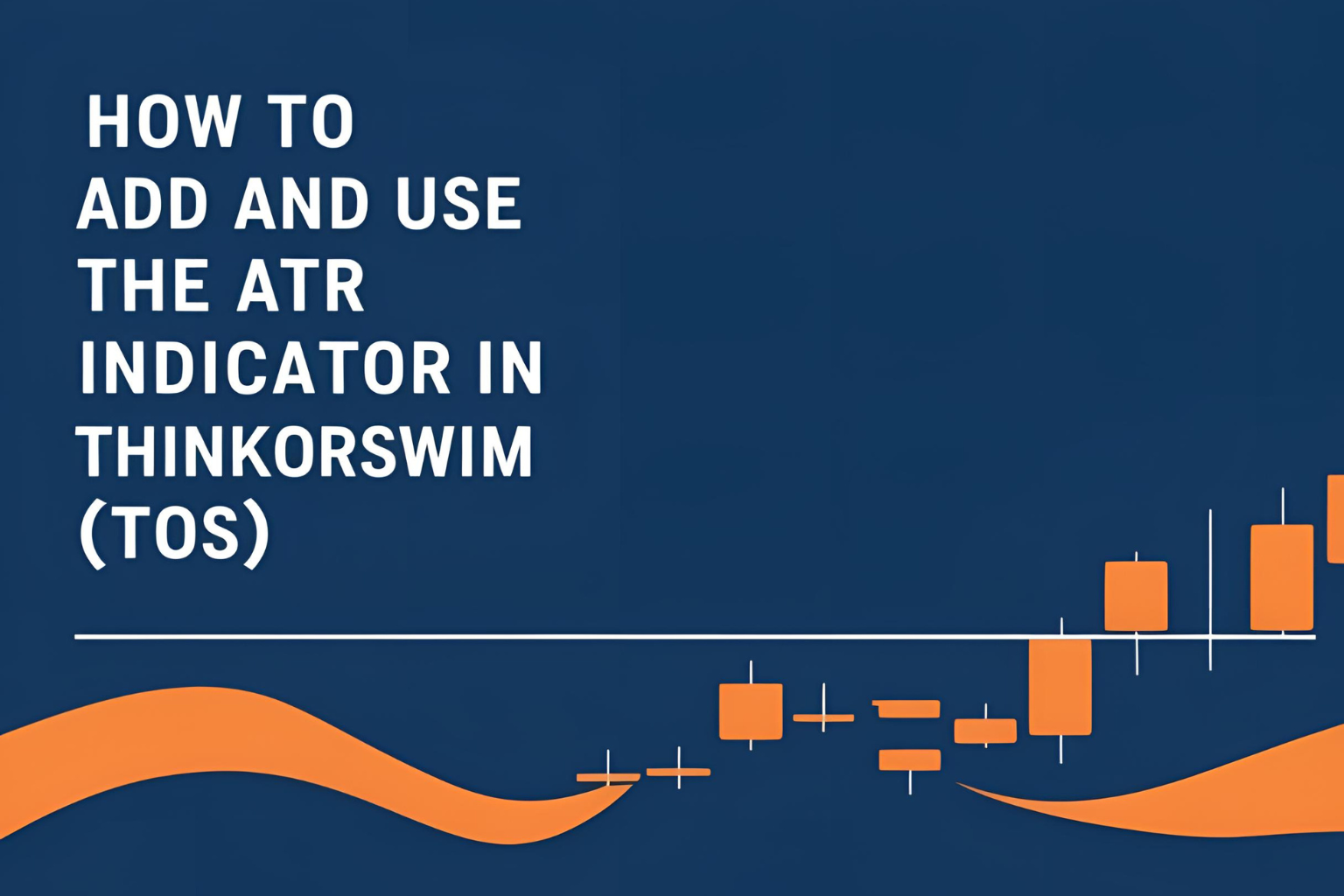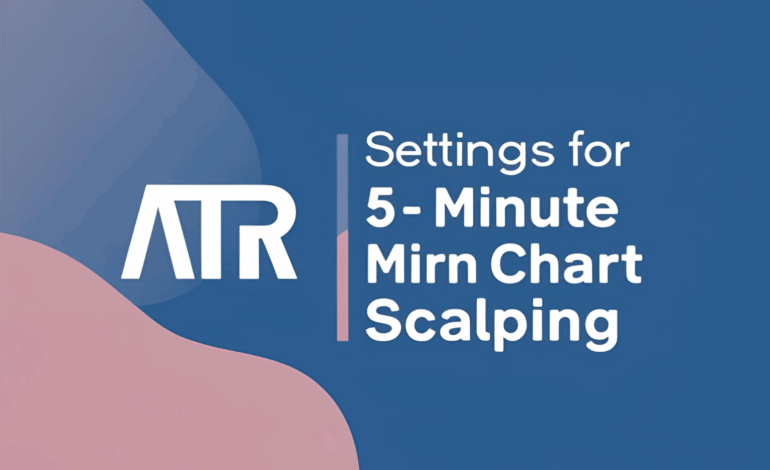
Best ATR Settings for 5-Minute Chart Scalping
Scalping on the 5-minute chart requires fast decision-making, precise entry/exit points, and highly responsive indicators. The ATR (Average True Range), when configured properly, can be a powerful tool for managing risk and catching short bursts of price action. In this article, you’ll learn the best ATR settings for 5-minute scalping, and how to apply them effectively.
Why Use ATR for Scalping?
Scalping involves entering and exiting trades within minutes. You need a stop-loss and take-profit system that adjusts to real-time volatility. That’s where ATR helps:
- Avoids placing stops too close (risking early exits)
- Prevents using fixed pip/point values that ignore market conditions
- Ensures your strategy adapts to different volatility levels during the day
Recommended ATR Settings for 5-Minute Charts
🔹 ATR Period: 5 to 10
- ATR(5): Fastest, very responsive, can be noisy
- ATR(10): Balanced setting for most scalping systems
- Avoid using the default 14-period—it may be too slow for quick trades
🔹 Calculation Type: Standard ATR formula using True Range
Most platforms (TradingView, MT4/MT5, NinjaTrader) use this by default
How to Use ATR for Scalping
✅ 1. Set Dynamic Stop-Loss
Use 1–1.5× ATR value as stop-loss distance
Example:
- ATR(10) = ₹3
- Stop-loss = ₹3 to ₹4.5 below entry price
✅ 2. Set Realistic Take-Profit
Use 1.5–2× ATR value for target
- Ensures your profit expectations align with current volatility
- Keeps your risk-to-reward ratio healthy
✅ 3. Filter Trade Entries
Avoid trades when ATR is flat or falling—it signals low volatility and limited price movement.
Example Setup
- Chart: Bank Nifty 5-minute
- ATR(10) = ₹12
- Entry Price: ₹45,000
- Stop-Loss: ₹44,988 (1 × ATR below entry)
- Target: ₹45,024 (2 × ATR above entry)
- Risk-Reward Ratio: 1:2
Tips for Scalping with ATR
- Use tight spreads instruments (like Nifty, Bank Nifty, or EURUSD)
- Combine ATR with fast-moving indicators like:
- Backtest various ATR settings before live trading
- Monitor spread and slippage—avoid highly illiquid assets
Conclusion
The best ATR settings for 5-minute charts usually range from 5 to 10 periods. These shorter settings offer faster responses to market moves, helping you make quicker and more informed decisions. Whether you’re using ATR for stops, targets, or filtering trades, it adds much-needed precision to any scalping strategy.
✅ FAQs
1. What is the ideal ATR setting for 5-minute chart trading?
ATR(10) is widely used for balance. ATR(5) is more responsive but can be noisy.
2. Can I use the default ATR 14 for scalping?
It’s not recommended—it reacts slower and may not match fast price action.
3. How do I use ATR for stop-loss in scalping?
Use 1 to 1.5 times the ATR value as your stop-loss distance.
4. Is ATR useful for setting targets on short timeframes?
Yes, ATR helps define realistic and volatility-aligned profit targets.
5. Can I use ATR with RSI or EMA?
Absolutely—many traders combine ATR with RSI for entries and EMAs for trend confirmation.
